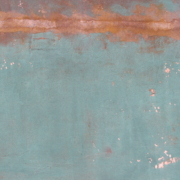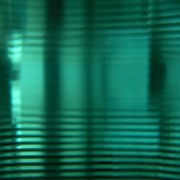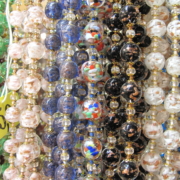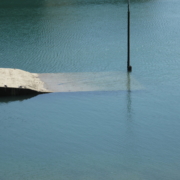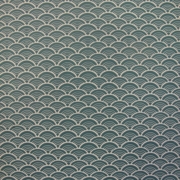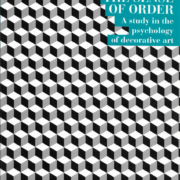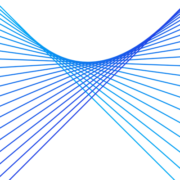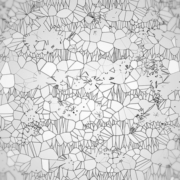Mnémosyne est une déambulation par l’image, nommée ainsi en référence à l’atlas de l’historien de l’art Aby Warburg. Il faisait lui-même allusion à la déesse grecque de la mémoire, inventrice des mots et langages. Ce projet perpétuel, sorte de répertoire de répétitions et de variations, s’appuie sur des photographies prises par moi-même (parfois sur le vif et/ou avec un matériel sommaire) et provenant de documents variés ou d’images trouvés sur Internet.
Le projet comprend des images produites par la nature ou par des pans très différents des activités humaines, depuis les ouvrages les plus précieux de l’architecture baroque jusqu’aux objets les plus triviaux de la consommation de masse, en passant par des outils scientifiques ou techniques.
Enfin, les images sont réparties selon des patterns, entendu littéralement comme « motif » au sens ornemental, mais qualifiant aussi des cas typiques présentant des récurrences et similitudes (en psychologie, mathématiques, statistiques, etc.). Ce regroupement par thèmes (les surfaces, les accumulations d’objets, etc.) et modèles permet de s’interroger sur notre culture visuelle, ses créations, ses emprunts, ses migrations, etc.
Mnemosyne is a wandering in time and space based on images. Its name came from the atlas of Aby Warburg, whom called it in reference of the Greek goddess of the memory, also inventor (according to the myth) of words and langages. This perpetual-project, like a repertoire of repetitions and variations, uses pictures I took (sometimes in poor conditions) and various kind of documents and images found on the Internet.
It includes images produced by nature or by very different parts of human activities, from the most precious artworks of Baroque architecture to the most trivial objects of mass consumption, including scientific or technical tools.
Finally, the images are dispatched according to patterns, understood in the literal ornamental sense of « motif », but also used to name typical cases presenting recurrences and similarities (in psychology, mathematics, statistics, etc.). This organisation by topic (surfaces, accumulations of objects, etc.) and models should allow to wonder about our visual culture, its creations, its borrowings, its migrations, etc.
